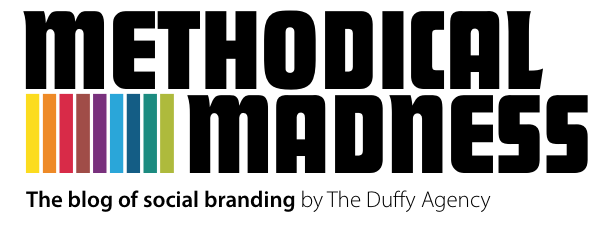5 Reasons why you'll want to try RockMelt, the social web browser
 Tuesday, November 9, 2010 at 3:00PM
Tuesday, November 9, 2010 at 3:00PM RockMelt launched in private beta on Sunday and so far the reviews seem to be mixed. Maybe that's because so many of us were burned by the promise of Flock. When Flock entered the market it was touted as the web browser to finally melt social media and web browsing into one seamless experience. Except that it didn't. I found Flock to be heavy and awkward, so I switched back to IE after a day or so.
RockMelt is backed by Marc Andreessen, the developer of Netscape, and is heavily Facebook centric, mostly because of the way it works. Although it is built with Chromium, a Google-developed open toolkit that is the foundation of the Chrome browser, the social elements of RockMelt are actually powered by a Facebook app, which launches when the app is loaded.
Now, in the spirit of full disclosure, I have not yet tried RockMelt, as I am still waiting for my invite. However, from everything I have read and seen, this looks like a great new tool for the socially active user. Part two of this story will come after I use the browser for a week and provide a more in-depth, hands-on review. But for now, let's look at some of the reasons you'll probably want to try out RockMelt.
- Twitter and Facebook integration
From the right-hand navigation bar, you can easily check out and interact with your Facebook and Twitter accounts. You can also share information on Facebook and Twitter within the context of the browser window with the simple "Share" button next to the URL field. - Cool RSS feed integration
Another nice feature is how it integrates your RSS feeds. An indication icon lets you know that an RSS feed exists for a page. When you subscribe to a feed, it places an icon in the right hand navigation bar. It also uses push notifications to alert you to new stories. - Your Facebook friends at the ready
The left hand navigation bar is populated with your online Facebook friends. This allows you to instantly share and chat with them within the context of your browsing session. This immediately makes browsing a more immediate, more convenient, and a heck of a lot more social. - It's fast
According to reports, if you like the speed of Google Chrome, you'll love RockMelt. Although the social elements are powered by a Facebook app, the system is built on Chromium and benefits from the speed of the underlying code. - It just looks cool
RockMelt seams to overcome the awkwardness with a sleek interface that compartmentalizes your social media worlds without overwhelming the browser. In other words, it doesn't seem to bite off more than it can chew. Case in point, the beta-launch natively integrates with only two social media sites, Facebook and Twitter. By not trying to tackle every social media application on the planet at once, it makes sure the two applications it does integrate with serve up a great user experience. Plus, the design puts the two main social media elements in thin venues on either side of the main browsing window. In this way, it maintains the look and feel of a traditional browser.
RockMelt doesn't seem to be a contender to take over the Web browsing crown. People are fiercely loyal to their browser of choice, and there is a lot of inertia to overcome. Maybe it can be a really interesting niche player. Maybe this is the realization of promise of a truly social web browser. And maybe RockMelt will be more than just a flash in the pan.
What do you think? Do you have any interest in trying out RockMelt? Are there features that you think are missing, or that you wish RockMelt had added?
Kevin Duffy is the Creative Director for The Duffy Agency's Boston Office.


Reader Comments